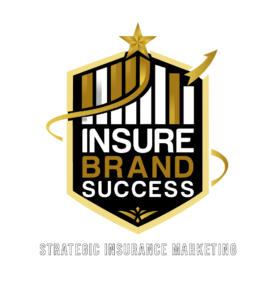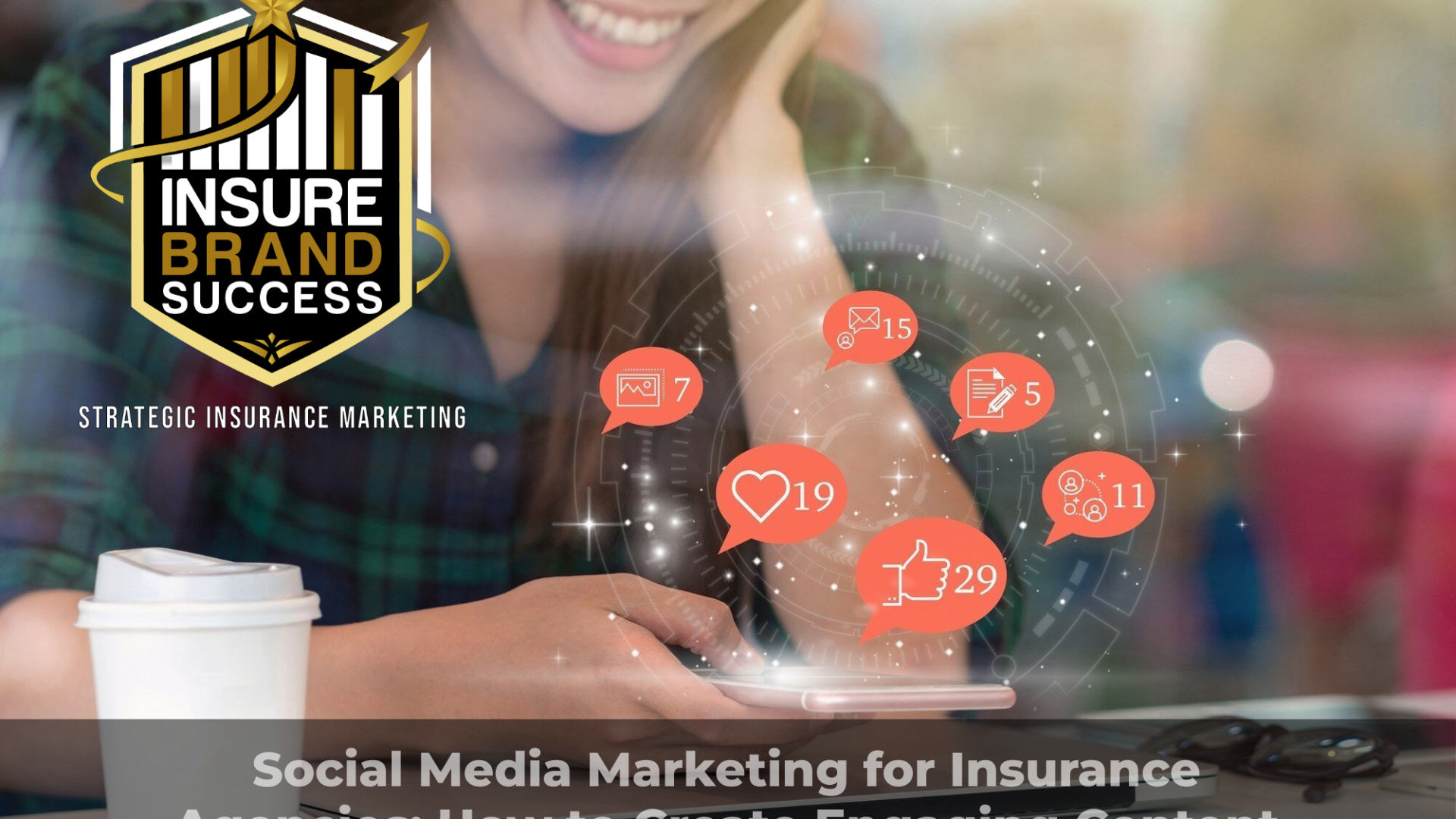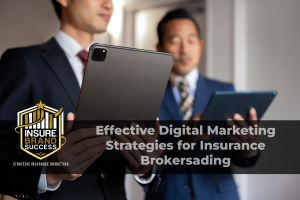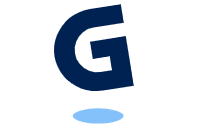Social media is no longer just a platform for personal connections—it’s a powerful business tool, especially for industries built on trust and relationships, like insurance. With millions of users engaging daily across platforms like Facebook, LinkedIn, Instagram, and TikTok, insurance agencies have a unique opportunity to meet potential clients where they are. When used strategically, social media can help build brand recognition, foster community engagement, and showcase the personality and values behind your agency.
However, simply having a presence on social media isn’t enough. Posting sporadically or sharing generic content won’t cut through the noise. To truly stand out and maximize impact, insurance professionals need a thoughtful content strategy—one that delivers consistent, valuable information tailored to the needs and concerns of their target audience. Whether the goal is to generate qualified leads, answer common questions, or stay top of mind throughout the customer journey, content must be engaging, relevant, and built around real human connection.
In this guide, we’ll explore why insurance marketing strategies go beyond likes and shares. You’ll learn how to craft posts that drive engagement, build trust through educational storytelling, and ultimately convert followers into loyal clients. From choosing the right platforms to measuring success, we’ll walk you through proven tactics that align your social media presence with your business goals.
Why Social Media Matters for Insurance Agencies
With millions of users actively engaging on platforms like Facebook, LinkedIn, Instagram, and Twitter, social media has become a critical marketing channel for insurance agencies. A strong social media presence allows agencies to:
✅ Humanize Their Brand – Insurance can feel complex and impersonal, but social media allows agencies to showcase their people, values, and community involvement.
✅ Increase Customer Engagement – By sharing useful content and responding to comments, agencies can interact with their audience and foster stronger relationships.
✅ Boost Lead Generation – Engaging social media content can drive traffic to your website and generate inquiries from potential clients.
✅ Improve Client Retention – Keeping in touch with existing clients through updates, helpful tips, and special offers increases loyalty and reduces churn.
According to the Small Business Administration (SBA), businesses that actively engage on social media tend to have higher brand recall and customer retention.

Key Social Media Platforms for Insurance Agencies
1. Facebook: The Hub for Community Engagement
With 2.9 billion monthly active users, Facebook remains a top platform for insurance agencies. Its business-friendly features allow agencies to:
- Post educational content about policies and coverage options.
- Run targeted ads to reach specific demographics.
- Engage with potential clients through comments, direct messages, and Facebook Groups.
2. LinkedIn: Ideal for B2B Networking and Thought Leadership
LinkedIn is the best platform for networking with other professionals and business owners. Here’s how insurance agencies can use it:
- Share industry insights and blog posts to position themselves as experts.
- Connect with business owners who may need commercial insurance.
- Use LinkedIn Ads to target decision-makers in various industries.
3. Instagram: A Visual Approach to Brand Awareness
While Instagram may not seem like an obvious choice for insurance agencies, it’s an excellent platform for:
- Storytelling: Share customer success stories and behind-the-scenes office culture.
- Infographics: Educate your audience with visually appealing insurance tips.
- Live Q&As: Host real-time discussions on common insurance questions.
4. Twitter: Real-Time Updates and Customer Service
Twitter is great for:
- Providing quick updates about policy changes or industry trends.
- Engaging in real-time customer service conversations.
- Sharing links to blog content and external industry news.
By choosing the right platforms for your agency’s audience, you can maximize engagement and create a more effective digital presence.
How to Create Engaging Social Media Content
Creating social media content that captures attention and encourages interaction requires strategy and consistency. Here are the best content types for insurance agencies:
1. Educational Content: Answer Common Insurance Questions
Insurance can be confusing, so position your agency as a trusted resource by answering frequently asked questions. Consider posting:
📌 “What Factors Affect Auto Insurance Rates?”
📌 “Homeowners Insurance 101: What’s Covered and What’s Not?”
📌 “Do You Need Life Insurance? A Quick Guide”
Pro Tip: Use short videos or carousel posts to make this content more engaging.
2. Customer Testimonials and Success Stories
People trust other people. Share real stories from satisfied clients who have benefited from your policies.
✔️ Post a quote from a happy client along with their picture (with permission).
✔️ Create a short video of a client explaining how your agency helped them.
This type of content builds credibility and reassures potential clients.
3. Interactive Polls and Quizzes
Engagement skyrockets when you invite followers to participate. Try:
📌 “What’s most important to you in an insurance policy?” (Multiple-choice poll)
📌 “Guess how much life insurance you actually need—tap to reveal the answer!” (Instagram Stories quiz)
These posts encourage audience interaction while subtly educating them about insurance.
4. Behind-the-Scenes and Team Spotlights
Clients like to see the real people behind an insurance agency. Showcase:
- Photos of your team members with fun facts about them.
- A “Day in the Life” post showing how agents help clients.
- Holiday celebrations or community events your agency supports.
5. Live Q&As and Webinars
Host a live session on Facebook, Instagram, or LinkedIn where you answer audience questions in real-time. Topics could include:
📌 “How to Choose the Right Health Insurance Plan”
📌 “Auto Insurance Discounts: Are You Missing Out?”
Interactive video content keeps your followers engaged and positions your agency as an industry leader.
6. Share Blog Posts and Industry News
Drive traffic to your website by sharing valuable blog content on social media. If you offer digital marketing for insurance agencies, for example, a blog post on SEO strategies for insurance brokers can educate and attract prospects.
For added credibility, share insights from authoritative sources like the Insurance Information Institute.
Measuring Social Media Success: How to Track and Improve Your Insurance Agency’s Performance
Posting content is just the beginning. To ensure your social media efforts contribute to client acquisition and retention programs, tracking key performance metrics is essential. Without monitoring your success, you won’t know what’s working, what’s failing, and where you need to improve.
Here’s a detailed breakdown of the 10 most important social media metrics your insurance agency should track:
1. Engagement Rate
Engagement is a key indicator of how well your content resonates with your audience. This includes:
✅ Likes and reactions (shows approval and interest)
✅ Comments (indicates conversation and deeper engagement)
✅ Shares (a sign your content is valuable enough for others to distribute)
If engagement is low, try asking more questions, using interactive polls, or creating educational infographics that break down complex insurance topics.
2. Follower Growth
A steady increase in followers means people find value in your content and want to stay connected with your agency. However, it’s not just about numbers—quality matters more than quantity. Are you attracting potential clients, or just random followers? If growth stalls, consider running targeted ads or collaborating with local businesses to cross-promote.
3. Click-Through Rate (CTR)
CTR measures how many people click on your links (to a blog post, landing page, or quote request form). A low CTR might indicate:
❌ Weak call-to-action (CTA) – Try using clearer, more compelling CTAs like “Get Your Free Insurance Quote Today” instead of “Learn More.”
❌ Mismatched content – Ensure your post’s headline aligns with what users will see after they click.
A high CTR means your content is successfully driving traffic and moving people closer to becoming clients.
4. Lead Generation Metrics
How many people inquire about your services through social media? Whether it’s direct messages, form submissions, or scheduled calls, tracking leads from social media is critical. You can use UTM tracking codes in your links to see which platform is generating the most leads.
5. Website Traffic from Social Media
Use Google Analytics to track how much website traffic is coming from social media. If your traffic is low, you might need to adjust your posting schedule, refine your messaging, or experiment with different content formats.
6. Audience Demographics
Knowing who your audience is helps refine your content strategy. Are your social media followers in your target market? Platforms like Facebook Insights and LinkedIn Analytics provide valuable data on your followers’ age, location, and interests.
7. Social Media Conversion Rate
This tracks how many social media visitors turn into leads or paying clients. If you’re getting a lot of traffic but few conversions, it might be time to optimize your landing pages or adjust your targeting.
8. Brand Mentions and Customer Sentiment
Are people talking about your agency? Are their comments positive, neutral, or negative? Social listening tools like Hootsuite or Sprout Social can help track brand mentions and gauge customer sentiment.
9. Post Reach and Impressions
- Reach tells you how many unique users saw your post.
- Impressions measure how many times your content was displayed.
If your reach is low, boosting posts, using hashtags, or posting at optimal times can help.
10. Customer Response Time
If people message your agency on social media, how quickly do you respond? Fast replies build trust and increase the likelihood of converting leads into clients. Try to respond within an hour during business hours for maximum engagement.
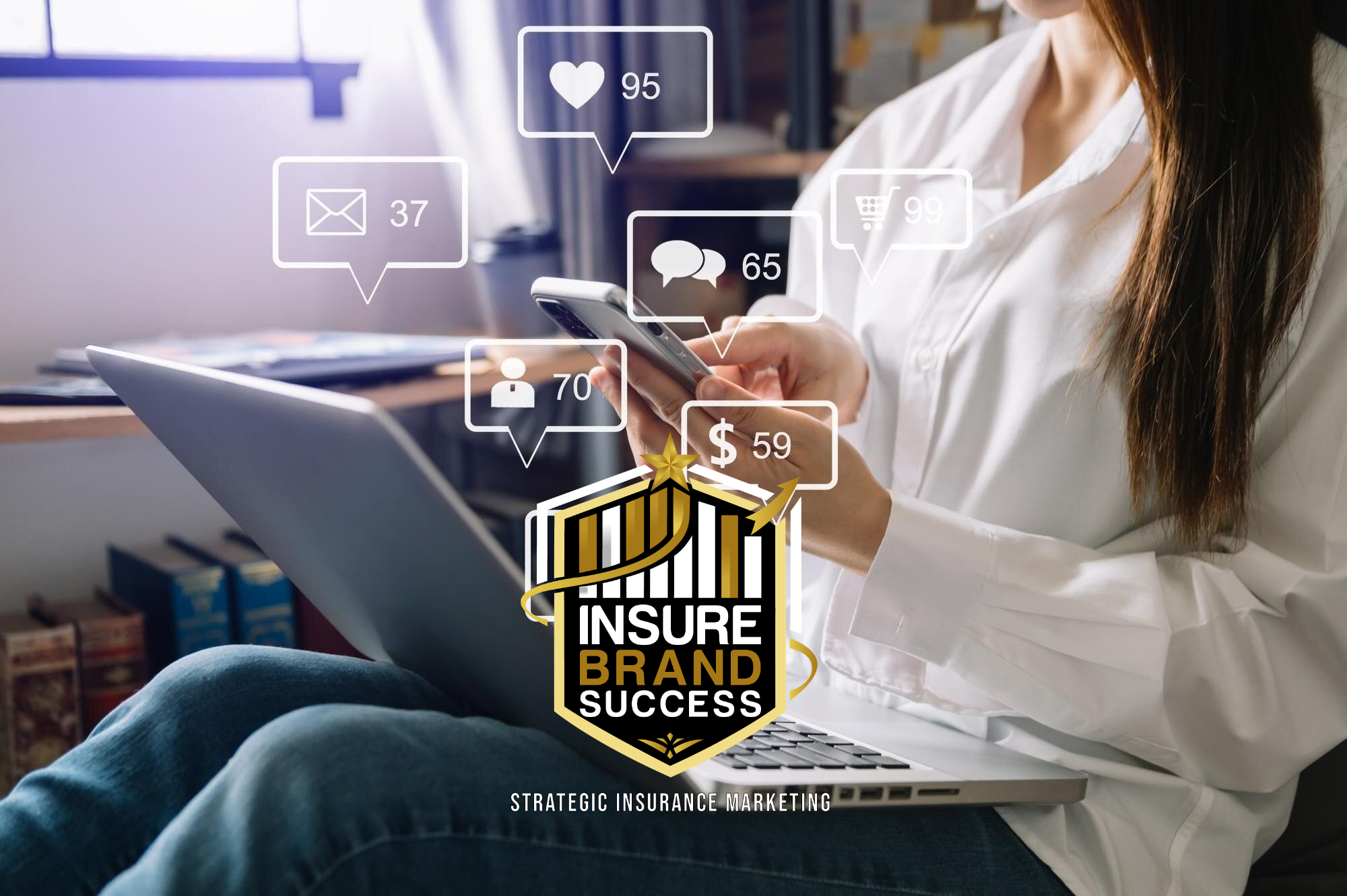
Maximize Your Insurance Agency’s Social Media Impact
A well-executed social media strategy isn’t just a nice-to-have—it’s a powerful tool for insurance agencies looking to stand out in a competitive market, build trust with potential clients, and ultimately increase conversions. However, success on social media goes beyond simply posting frequently.
To truly maximize your impact, your agency needs to focus on three core areas:
1️⃣ Tracking Performance – Monitor key metrics to understand what’s working and where you need to adjust your strategy.
2️⃣ Engaging with Your Audience – Social media is a two-way street; responding to comments, answering messages, and participating in discussions strengthens relationships with potential and existing clients.
3️⃣ Refining Your Approach – Using performance data to make informed decisions ensures that your social media efforts lead to measurable business growth.
By consistently sharing educational, engaging, and interactive content, your agency can create a dynamic online presence that attracts new clients and strengthens relationships with existing ones.
Consistency is Key: Build a Social Media Content Calendar
To maintain relevancy and engagement, it’s crucial to plan and schedule your content in advance. A well-structured content calendar ensures that your posts are timely, varied, and aligned with your agency’s goals. Consider incorporating:
✔️ Weekly Educational Posts: Answer common insurance questions, share industry updates, or provide quick tips on choosing the right coverage.
✔️ Testimonial & Success Stories: Feature satisfied clients and share their experiences to build credibility.
✔️ Behind-the-Scenes Content: Showcase your agency’s culture, team members, and community involvement to humanize your brand.
✔️ Engagement-Driven Content: Polls, quizzes, and interactive Q&A sessions encourage participation.
✔️ Seasonal Insurance Tips: Highlight policy recommendations based on upcoming seasons, such as flood insurance before hurricane season.
A well-maintained content plan ensures consistent engagement, helping your audience recognize your brand as a trusted authority in the insurance space.
Leverage Paid Advertising to Amplify Your Reach
While organic content is essential, paid social media advertising allows insurance agencies to reach a larger, more targeted audience. Platforms like Facebook, LinkedIn, and Instagram offer highly customizable ad campaigns that enable you to:
📌 Target specific demographics (age, location, interests)
📌 Retarget website visitors who showed interest but didn’t convert
📌 Promote high-performing content to gain more traction
📌 Generate direct leads through lead generation forms on Facebook and LinkedIn
By combining organic engagement with paid advertising, your agency can expand its reach, attract high-intent leads, and increase ROI on social media.
Take Your Social Media Strategy to the Next Level
Success on social media requires strategy, consistency, and adaptability. By tracking performance, refining your content approach, and incorporating paid strategies, your insurance agency can maximize its impact and turn social media followers into loyal clients.
📌 Need expert help? Explore social media strategies tailored specifically for insurance agencies and start making an impact today! 🚀
